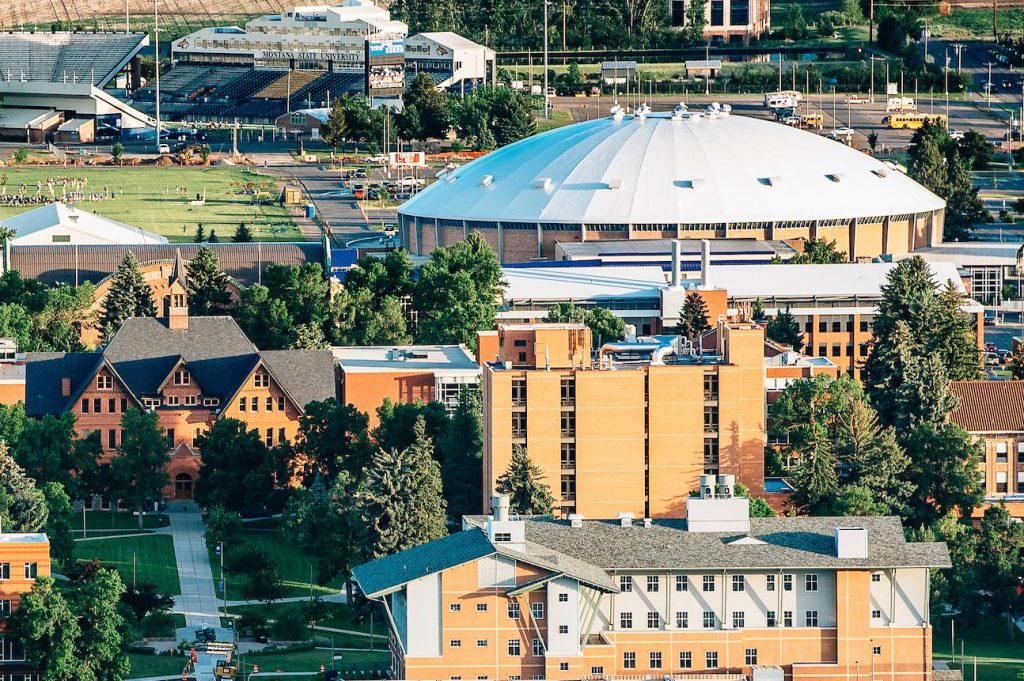University Considers Name Change Following Removal Of Slaveowner Statue
After discovering its founder was a slaveowner, the William Peace University quickly removed a statue and is considering a name change.

Statues have been a big point of controversy over the last few years. When the killing of George Floyd erupted a nationwide civil rights movement once again, a lot changed. Hundreds of statues resembling slaveowners and confederate leaders were taken down, and schools across the nation began the process of changing their names to disassociate with the confederate leaders they were named after. But while many schools have taken time to hash out how to handle these situations, one University has been quick to separate from the man who founded the school, as recent reports show that the namesake behind William Peace University was not only a slaveowner but also used slaves to help build the school.
William Peace University is a private college in Raleigh, North Carolina. Founded in 1857 by William Peace, the school evolved from a primary grade school to a two-year college for women, and eventually a four-year university. But the proud history behind the antiquated school was shaken to its core recently. A newly released publication from the college reports the findings of a task force that set out to study the school’s history and more so the status of the man behind it. In the investigation, it was discovered that William Peace enslaved over 51 African Americans at one point in his life.
The William Peace University task force set out on its study following the death of George Floyd in 2020. They said their efforts were initiated to better understand parts of the university’s past that were inconsistent with some of the school’s values. Upon releasing their finding last Tuesday, the college has already removed a statue of the founder on campus. Over the next two weeks, the school will hold several listening sessions encouraging community members, students, alumni, faculty, and the board of trustees to engage in open conversation over the findings as well as give input on how the university should move forward. Regardless, school officials have already signaled a possible name change.

Over the last two years, the task force set up to dig into the school’s history was able to find documentation from an 1860 census citing that Peace enslaved 51 people. On top of that, the task force found that Peace used slaves to build the William Peace University’s Main Building, which was previously used as a Confederate Hospital. The task force made up of faculty and staff with research experience and familiarity with the school’s history remains unnamed. According to the college’s President, their identity is kept hidden for safety purposes, as not everyone is in agreeance with the school’s reaction to the findings.
According to President Brian C. Ralph, not everyone agreed with the removal of William Peace’s statue. He noted that many who have no association with the school have already been critical of the decision to remove the statue at William Peace University. A similar divide is found all over the nation, as plenty of statues has been removed across the U.S. in the last few years.
Those against the removal of statues and the changing of names in regards to civil rights say that erasing history through this process only further hinders the problem. More so, these adversary’s against the act say that it constitutes censorship, or expungement of history, and therefore could lead to the problem happening again. Similarly, others say that the removal of statues at places like the William Peace University could lead down a slippery slope where monuments that are deemed offensive to nearly anyone could be taken down.

William Peace University officials and others see things differently. Those in favor of such changes say that statues and institutions should have been changed a long time ago. They claim that statues are meant to idolize people, and slaveowners should not be idolized. Similarly, they say that statues are painful reminders of institutionalized racism. Furthermore, proponents of the change say that history belongs in museums, not in statues honoring slave owners.
While William Peace University has already removed the founders’ statue from its main building, the future of the institution’s name remains uncertain. But as more colleges and universities across the nation implement panels to asses name changes, it wouldn’t be surprising to see the college eventually change their name as well. And as the school prepares for more panels to discuss the task force’s findings, there is likely to be further division in the community.







